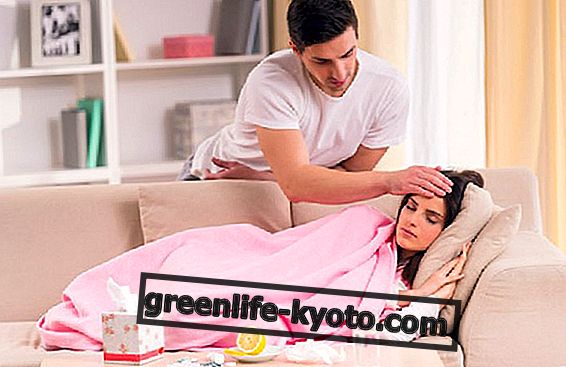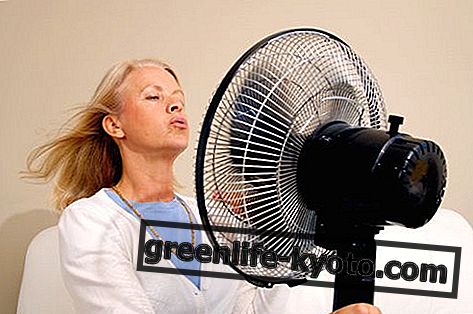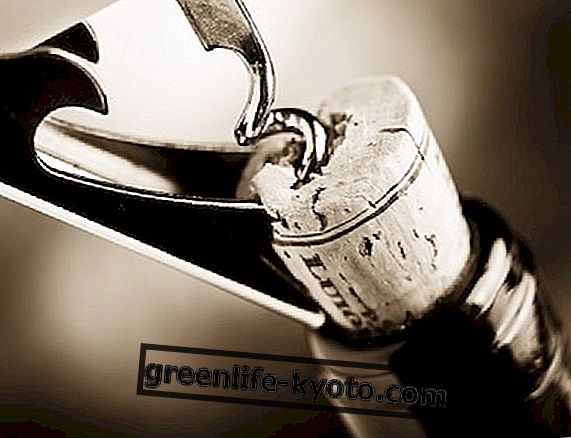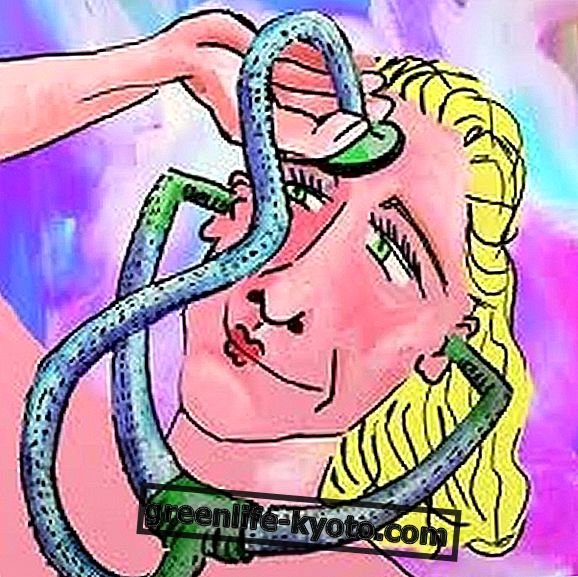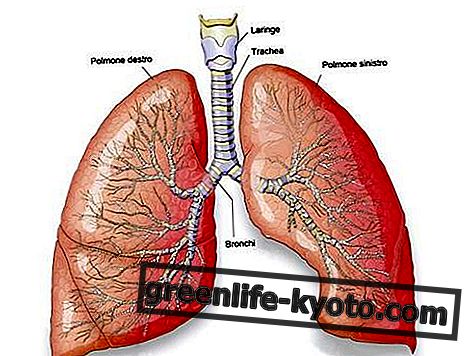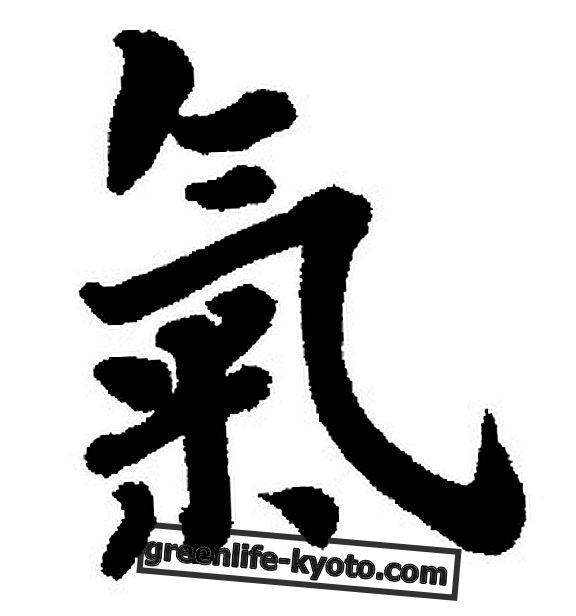
When I took the Reiki levels, the Master who gave me the initiations - in 2004 and 2005 - recommended to the study group a series of things to do and not do during a treatment, including some in particular: stay calm and rely on the method (let Reiki do it), don't focus too much on the recipient, stay well centered on us and on our heart as pure neutral channels (this is because the energy will go where it is needed without us 'striving' to exaggerate it), leaving go free your thoughts without forcing them (even thinking about shopping at the supermarket is fine, he told us, as long as you remain calm and partially detached) and last, not least: carry out the requests that the receiver will send you silently, which will arrive in the form of intuitions .
This last point made me a bit scared in the beginning, especially when I still had only the first level (taking the second and subsequent levels implies complete and total trust in the method that excludes fear, otherwise it would not be possible to apply the symbols on the receiver or on the situation to be treated). During the first periods in which I practiced Reiki, in fact, on friends and family volunteers, I simply followed the sequence of hand positions, without ever changing it, without ever adapting it to the single case I was dealing with. I was a bit like a doctor who takes care of a patient by following the book to the letter without really listening to the patient to sew him a tailor-made cure.
But then ... something happened, and I had to take note of the fact that during the Reiki sequence of application of the hands in the specific points indicated by Dr Mikao Usui, something special happens, very deep, even at the level of contact between operator and receiver, and that the doors of feeling open up to a world where perhaps rationality finds little space, despite the technical specificity of the method.
When I lived the first experience in this sense I was in my home and a friend, who had already experienced Reiki with me, had asked me for a treatment, vaguely pointing out that I didn't feel well that day, and that I had some abdominal discomfort. I started the classical Reiki treatment and so I thought I would go on, even if something inside me told me that I had to move my hand on a precise point of the abdomen, which however was not exactly in Usui's scheme. I was tempted to try, but I didn't want to overdo it as a novice I was, so I silenced my inner voice and continued with the classic treatment. Until, at a certain point, suddenly and to my extreme astonishment, my right hand literally moved on its own and moved to a precise point in the abdomen of the recipient, planting there like a rock. I couldn't have moved it even if I wanted to. I got scared at the beginning and also a lot, but then I felt the classic warmth of the Reiki that flowed, and I entrusted myself to that singular indication of the precise point to be treated : so I relaxed. When that point had been adequately treated, my right hand became once again movable and light, and I was able to continue with the classic treatment. At the end of the session, I felt very well and serene (now as an operator who has been practicing for years, I know that that final serenity is also an indication of the fact that the treatment was decisive of the symptom, and the well-being is not only due to the fact that the treatment it also passes through the operator and therefore also the operator benefits from it). Without any input from me, my friend then told me that she felt okay, that the pain had passed because I had guessed the precise point to be treated! In reality I had not guessed anything: it was the receiver herself who told me - without using the word - at which point to treat her for her utmost good.
The benefits, techniques and contraindications of Reiki
For years now I have been regularly customizing the treatment by adding or removing some basic positions, paying attention to the silent messages that arrive to me from the receiver in the form of intuitions .
That first time perhaps, with my friend, I needed a hand, to let myself go to Reiki with confidence and work at its best, so I was literally taken by the hand by Reiki and led to the point that in that case was to be treated.
You could also say, using other words, more familiar to those who are already studying Reiki, than to take me by the hand and guide me in the right place was the recipient with the collaboration of my guiding spirit of Reiki. As anyone who studies Reiki knows, in fact, a guiding spirit of Reiki is assigned to each operator from the first level, and is like a kind of guardian angel of Reiki that protects both the operator and the receiver on which the operator rests his hands .
Now I trust myself with serenity and the receiver's feedback is always positive. Over the years I gradually pushed myself even further: always with the utmost respect for the ethics of Reiki and the person on whom I lay my hands, I evaluated and evaluated each case by gently moving the energy that it is released during the treatment following the indications-intuitions that reach me.
A few years ago, for example, a person who had levels of Reiki asked me to treat her. It is usual practice even for those who have Reiki levels to be treated by other operators, because being Reiki alone is wonderful, but having to move your hands you don't completely relax like when someone else is treating us. Before starting the treatment, the recipient told me among other things that she was homesick for a feeling of protection and cuddle she had received during a relationship that had now ended and had not been tested. As she spoke to me, the silent message came to me that the person in question needed to feel lulled by love, and so after caressing her aura I drew a cradle around her body, and I gave this cradle energetic a gentle push with your hand to make it swing. I expressly asked, during the formulation of the intention that precedes the treatment, that the cradle drawn in the air with my hands around the person would continue to rock throughout the treatment and make it feel wrapped and protected. It was very beautiful what the receiver told me later, unaware of all the procedure I had performed (which I later told her also to discuss it together): she said she really felt like she was wrapped and protected in a cradle of love that rocked her, and this feeling had reassured her and therefore stimulated her to look for it in a concrete way in a new relationship that really worked.
Another method that I now practice on all and that is the result of an intuition I had during a treatment done some years ago, is that of opening and recharging the so-called inner doctor . Everyone on our back has a point called an inner doctor, the seat of our self-healing power . The purpose of the Reiki treatment is also and above all to make the recipient more and more autonomous in the relationship with himself and with reality (which is equivalent to healing): cleaning the inner doctor speeds up the process of self-healing and self-awareness. Before the last classical position (the recharging of the spine), then, I open the seat of the inner doctor using the first Reiki symbol, and reload it by conveying energy through the second Reiki symbol. I remain in this position with my hands for as long as the receiver silently points to me. My hands come off easily when the job is done; tingling or hot or sticking if there is still need to continue. I then proceed to close the point with the first Reiki symbol. Many recipients have given me descriptions of pleasant emotions experienced during this procedure. A person just described it to me like this: '' I felt as if you were removing a cork from my back, and then my body was like an empty bin and slowly you proceeded to fill me with energy as if I were filling the bin with water, and then you put the cap back on! And then I felt good! "
I apply these delicate and personalized energy movements even when I practice remote treatments for physical or mental problems (not on situations). The technique I usually use is to draw the stylized body of a man or woman, depending on the sex of the recipient, on a sheet of paper, writing down the name, surname and date of birth above. Then I place my hands on this sheet until covering the whole surface of the body with my palms for a first general refill, but then I dedicate myself in particular to points of the body designed towards which my hands are particularly magnetized, after having also placed them on the points that they were indicated to me by the recipient before the treatment.
I will therefore conclude my brief analysis on the subject of Reiki, with an encouragement towards new Reiki operators: with the utmost respect for the ethics of this method of natural healing, with a clean heart and centered on yourself through the procedure that your master taught you, entrust yourselves completely without fear to Reiki and to the intuitions that will come to you during the course of treatment: doors will be opened towards the well-being of the recipient, and yours, which you do not yet know.
